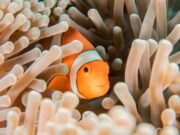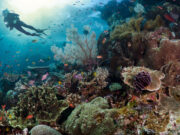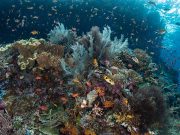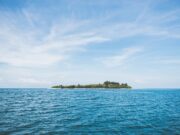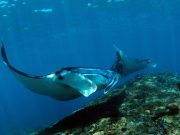Home to the idyllic French Riviera, hundreds of shipwrecks and granite reefs, France is one of the best places to go diving in Europe. New divers will appreciate the warm clear waters in southern France, whilst experienced divers can go cave diving and explore deep wrecks busy with marine life. Here is our guide to scuba diving in France.
Where to go diving in France
1. Paris
You might not think of Paris as somewhere to go scuba diving but there are numerous purpose-built scuba diving pools in this beautiful city. Highlights include La Fosse de Villeneuve La Garenne, a one-of-a-kind multi-depth diving facility heated to a cosy 29 °C, and La Fosse de Saint Denis. With its glass slab surrounds, learning platforms and bright lighting, La Fosse de Saint Denis is a great place to hone your dive skills.
Whichever dive pool you choose, they are great places to learn to dive or upskill so you can explore France’s top dive destinations with confidence.

2.Normandy
Normandy is France’s wreck diving mecca and offers easy diving for all experience levels. There are hundreds of shipwrecks to choose from, including many from the Allied landings during WWII, with average depths of just 12-25 meters.
The D-Day Museum at Port en Bessin is a great resource for wreck lovers before heading underwater. Some of the most popular wrecks to dive include the Empire Broadsword, USS Meredith III, Fort Norfolk, and the Courbet. These thriving artificial reefs are home to lobsters, sea spiders and plenty of conger eels.
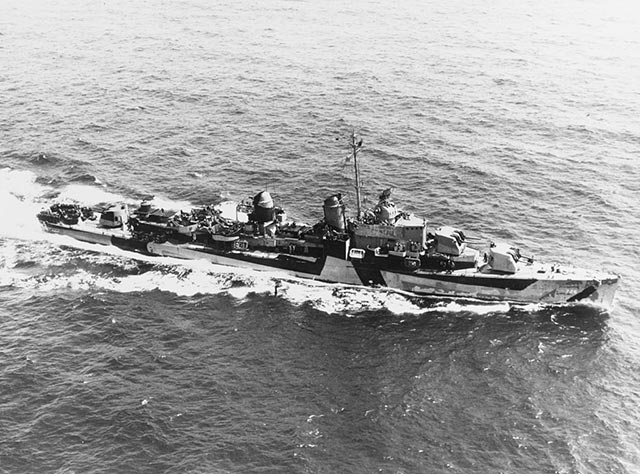
There is also great wreck diving in the South of France, in the Mediterranean.
3. The Dordogne and Lot
If you love cave diving, don’t miss a trip to the Dordogne and Lot. Southern France is renowned for having some of the best cave diving in the world and these destinations have numerous underwater and surface cave systems. The limestone cave systems have crystal-clear waters, big passages, and relatively warm waters in late summer. They are easy to access and have navigation lines that extend hundreds of meters into the caves.
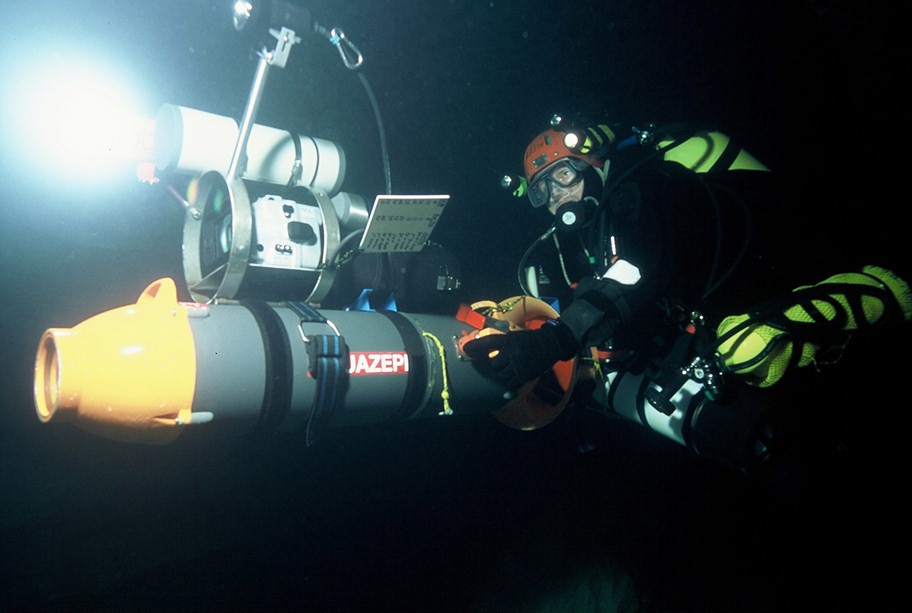
Cave diving in the Dordogne region of France.
4. Nice and St Tropez
If you go on a dive trip to southern France, you will most likely dive the stunning French Riviera, but make sure you leave time to explore the dive sites around Nice and St Tropez. There are more than 35 dive sites within a 30-minute boat ride of Nice and over 60 accessible dive sites at St Tropez. You can go wreck penetration diving at the 1882 cargo ship Togo (although she is deep at 45m+), explore WWII wrecks, or simply enjoy exploring offshore rocky pinnacles busy with fish life.
5. Corsica
Corsica is one of France’s best-loved dive destinations and offers year-round diving among WWII wrecks, canyons, pinnacles, seagrass meadows and dramatic rock formations. The calm clear waters are ideal for all dive levels and the dive sites are full of life. Highlights include exploring the 36m deep Italian freighter Alistro, La Revelatta’s wide canyons, tunnels, and caves, and meeting the friendly groupers at Peelu Shoal. You can go cave diving to 40m deep at Campanina and the enormous Alcione C wreck is not to be missed by photography fans.

6.Lavezzi Islands
Just south of Corsica, you will find the Lavezzi Islands; an archipelago of islands that have some of France’s most picturesque dive sites. Strong currents create exciting current dives with pelagic fish, whilst turquoise waters frame the granite reefs and underwater boulders perfectly. The diversity of life at these islands is remarkable and attracts divers from around the world.

8. Port Cros National Marine Park and Porquerolles Island
The Port Cros National Marine Park and Porquerolles Island are high on many divers wish lists and offer some of the best Mediterranean Sea diving. There are numerous dive sites to explore at both destinations, with colourful underwater landscapes and abundant fish life. Strong currents attract pelagics and there are plenty of deeper sites for advanced divers.
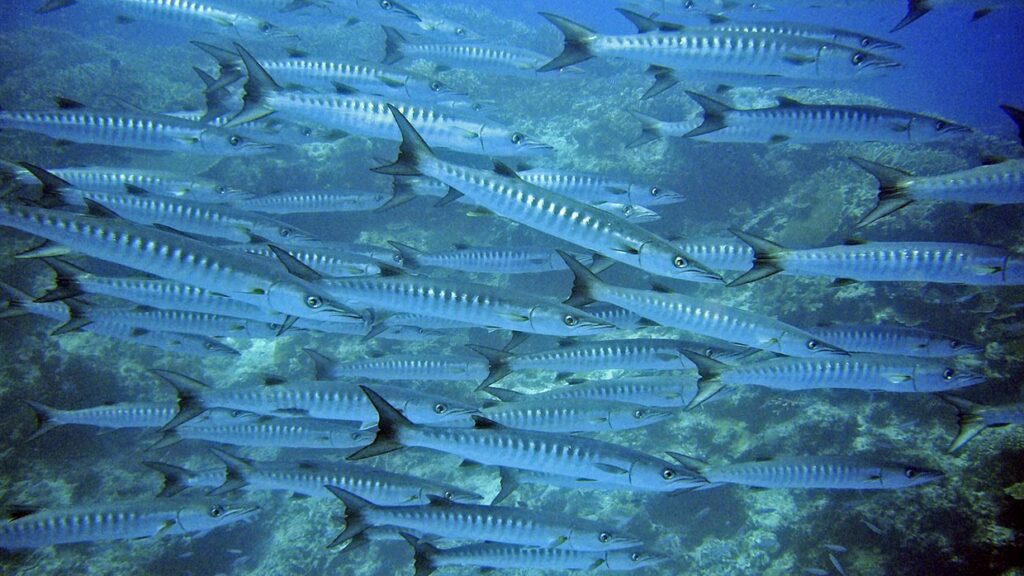
9. Tignes Lake
For a completely different experience, try ice diving at Tignes Lake. For up to 6 months of the year, this large lake in the Rhône-Alpes region freezes over and becomes a playground for ice divers. Whether you are a new or advanced diver, you can plunge into the icy waters and discover this surreal and fascinating way to dive.

What experience do you need to go diving in France?
With so many different destinations to choose from, scuba diving in France is suitable for all experience levels.
When is the best time to go diving in France?
France’s main dive season runs from April to October, though you can go diving there all year.
What marine life can you see when diving in France?
There is plenty of marine life to see when diving in France, including typical Mediterranean Sea fish life, octopuses, conger and moray eels. The reefs have colourful corals and sponges, with smaller life tucked among the crevices.
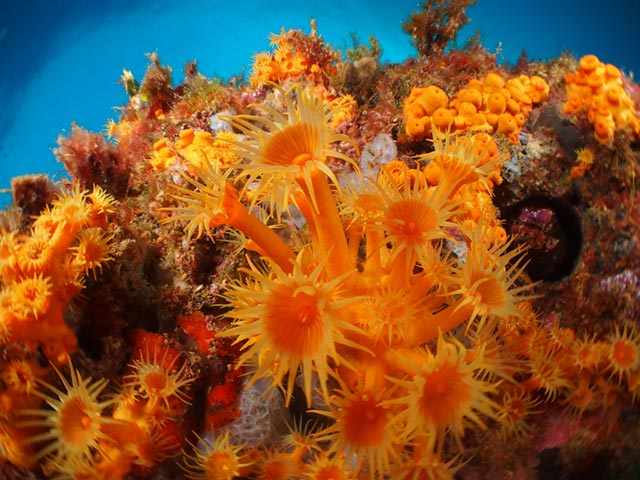
Strong currents attract schooling barracuda and other big fish to southern France’s offshore islands, where you’ll also find plenty of eagle rays.

For the chance to see passing sperm whales, visit southern France during spring or autumn. You can see common and bottlenose dolphins year-round and you may find yourself diving with loggerhead and hawksbill turtles if you visit from May to September.
Kathryn Curzon, a shark conservationist and dive travel writer for Scuba Schools International (SSI), wrote this article.

